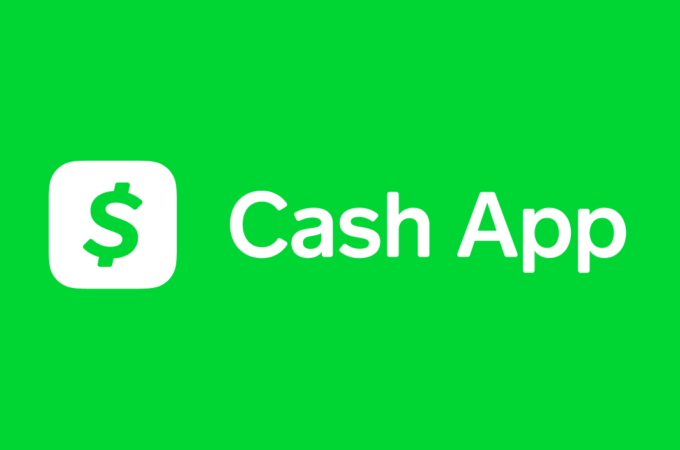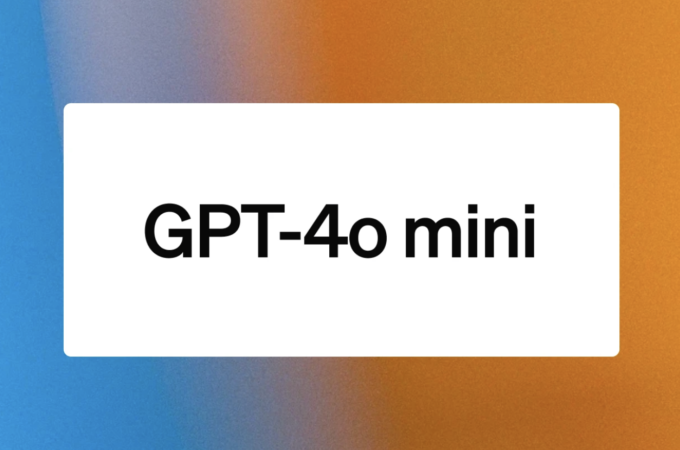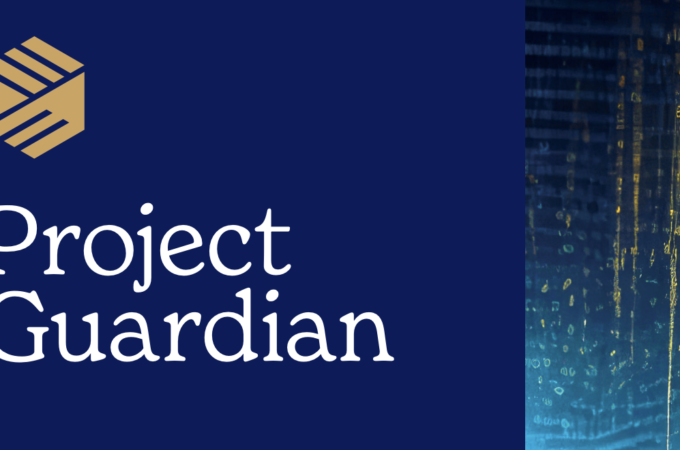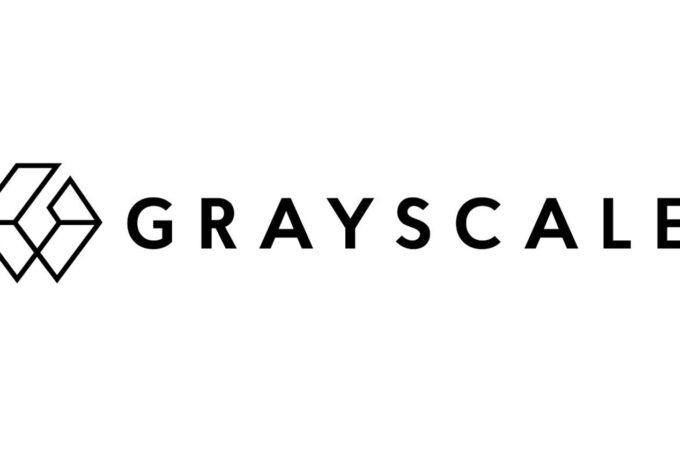This Is Your Company on Blockchain
By Peter Coy for Bloomberg
The technology would turn a company into a seamless network of coordinated freelancers.
You don’t have to be an expert on digital currencies like bitcoin to be intrigued by the potential of the technology underlying them. Blockchain, as it’s called, is something new in computing. It mashes up cryptography and peer-to-peer networking to create what amounts to a shared database of transactions and other information—which can be open to all, controlled by no one. It’s not just for securely recording payments in crypto-coinage; a blockchain can handle complex transactions, even entire contracts. True believers say blockchain could reduce the need for businesses to organize as companies, which get work done via command and control. Using blockchain, they say, collaborators will be able to work together as free agents instead of under a hierarchy of bosses.
“Imagine for a moment if people could coordinate themselves in a much more organic and distributed manner, just like ants. But without giving up on the complexity and the free will that is characteristic of human societies. We can do that,” blockchain researcher Primavera De Filippi said in a TEDxCambridge talk last year.

The poetic vision of a blockchain society is a flock of starlings at dusk: decentralized yet perfectly coordinated. Blockchainers like to show video clips of murmurations—those enormous clouds of birds that pivot and wheel, climb and dive, split and merge with amazing grace. Blockchain, in this vision, could replace gobs of bankers, accountants, and lawyers, as well as escrow accounts, insurance, and everything else that society invented pre-21st century to verify payments and the performance of contracts.
Can blockchain really change companies as we know them? There are plenty of technical issues, such as how to reduce the system’s consumption of electricity. The biggest challenge, though, is likely the human element. People aren’t eusocial creatures like ants or termites. They like their freedom. The blockchain community needs to find a way to liberate people from corporate hierarchies without subjecting them to a new master, the blockchain itself.
It might seem premature to ponder how blockchain could change the world. When it makes the headlines these days, it’s generally because of a hack or a standards dispute, like the internecine warfare over how to speed up its rate of transaction-processing. But blockchain technology is not to be ignored or underestimated. You don’t want to be this decade’s version of Bryant Gumbel on Today in 1994: “What is internet, anyway?” he asked. “What is it? You write to it like mail?”
A blockchain, as the name suggests, is nothing more than an ever-lengthening chain of blocks of data. Each block contains a compact record of things that have happened. How it does this is interesting and complicated. The important point is that if something is recorded in a blockchain, it’s deemed by users to be true with a capital T. “Blockchain converges on a single reality. This is the greatness of blockchain, only this,” says Matan Field, an Israeli mathematical physicist who is chief executive officer of a blockchain startup called Backfeed. (De Filippi is Backfeed’s “chief alchemist.”)
Blockchain’s design prevents the owner of a currency token from committing fraud by spending it twice. The first spend is recorded for all to see, so no one would ever accept a second spend.
The truth-telling feature of blockchain makes it enormously useful to banks, which have been among the first to start testing it. Microsoft launched blockchain as a service last year. Smaller companies are building dozens of apps on blockchain, such as one for musicians to track and collect royalties on their works.
According to CoinDesk, an online publisher, a couple in Singapore recorded their prenup on a blockchain, specifying that “every 10 days, 100 minutes must be spent on a date night, that shopping sprees shall be limited to once per fortnight ‘unless it’s for food,’ and that [Sayalee] Kaluskar must agree to watch The Walking Dead after [Gaurang] Torvekar finishes watching every season of Seinfeld.”
Nasdaq, an early adopter of blockchain, is using the technology to allow private companies to issue stock and stockholders of public companies to vote their shares. Everledger is using it to create a registry of diamonds to suppress trade in “blood diamonds” from conflict zones.
Some ideas for blockchain are a little scary. Toyota Financial Services has toyed with using a blockchain contract in which “if a finance payment isn’t made, the smart contract automatically transfers ownership and doesn’t let the owner use the car anymore. The car wouldn’t turn on,” says Chris Ballinger, the unit’s chief financial officer and global chief officer for strategic innovation. “People would do this voluntarily, because they can then finance at a lower rate.”
A no-excuses, stiff-consequences contract that’s permanently embedded in software is appealing to some people and appalling to others. “In a weird way I think blockchain unifies a lot of different political ideologies,” says Joseph Lubin, a co-founder of the advanced blockchain Ethereum and founder of Consensus Systems in Brooklyn, N.Y., which uses it. “It could map onto socialist or libertarian.”
In 1937 economist Ronald Coase theorized in “The Nature of the Firm” that companies exist because markets can’t do everything efficiently; some jobs are easier to do in-house. For instance, it’s more convenient to hire staff than to contract with freelancers every time you need some work done. Firms will grow, Coase said, until they get so big that the cost of doing a transaction inside the company becomes higher than that of doing it on an arm’s-length basis.
The internet modified Coase’s equation by reducing the costs of searching for resources outside the firm and contracting and coordinating with outside parties. Take autos, where vertical integration is passé: Fewer than half of autoworkers are employed by the likes of GM, Ford, and Chrysler. More work for their suppliers, suppliers to those suppliers, and so on, down to makers of nuts, bolts, and wiper blades.
Blockchain will further the trend by adding the key element of trustworthiness, allowing companies to pare down staffs and functions to an essential core, write tech authors Don Tapscott and his son Alex Tapscott in the book Blockchain Revolution: How the Technology Behind Bitcoin Is Changing Money, Business, and the World.
“Imagine designing a system where it was very clear what the obligations of all the different parties are, and it was built into code. You would always do the right thing,” the elder Tapscott says. A philosopher might argue that there’s no virtue in doing the right thing simply because you’re prevented by software from doing the wrong thing. On the other hand, Tapscott asks, what successful economic system ever depended entirely on honor?
Even after blockchains catch on, some people will probably still be wage slaves, working for a W-2 and doing whatever the boss asks. But to some visionaries, the logical endpoint is a third stage in which entire companies move onto the blockchain and even the functions of the CEO and the board of directors are reduced to contracts rendered in computer code. Shareholders, through online voting, would make any decisions that aren’t programmed in. “One of the many advantages of having a robot run your organization is that it is immune to any outside influence, as it’s guaranteed to execute only what it was programmed to,” says Ethereum’s website.
A group of blockchain enthusiasts attempted a leap into this brave new world earlier this year by raising $150 million for a “decentralized autonomous organization,” running on Ethereum, that was chartered to be a leaderless venture capital fund. An anonymous hacker found a way to divert crypto-currency now valued at $40 million from the DAO without technically violating its rules. That created an embarrassingdilemma for the blockchain community: Stick to the letter of the contract and reward the hacker by letting the diversion of funds go ahead, or alter the supposedly inalterable record to recapture the money. In July participants in Ethereum chose the latter of those two evils. They rewound the blockchain to how it was before the hack, thus capturing the funds. Some members rejected the rewind, so now there are two versions of Ethereum going.
Some people in the community of enthusiasts said after the DAO crackup that a fully blockchained world is still a good idea, albeit one whose time hasn’t yet come. “Each individual project will go through extensive review and a ‘training wheels’ phase with some centralized control before being fully let into the wild,” Vitalik Buterin, a co-founder of Ethereum, wrote in an e-mail. Andreas Antonopoulos, author of Mastering Bitcoin, writes in an e-mail that “blockchain contracts can be democratically upgraded and modified,” though provisions for doing so increase complexity and may jeopardize security. Modifications are simpler on a closed blockchain that involves just a handful of parties.
Others argue that it will never be possible to reduce the complex, fast-changing world of business to rules embedded in software. “It’s a fabulous technology. But in practice it is a system that is very elitist,” controlled by those who build the new virtual machines and understand their inner workings, says Marcella Atzori, a political analyst at theUniversity College of London Research Centre for Blockchain Technologies. “Machines are not God,” she says. “We are the gods. We have to take control and change things.”
The problem when Atzori says “we” is that she doesn’t necessarily mean the same people that Buterin talks about. There really is no we; blockchain has never had an official governing body. That’s getting to be more of a problem as it grows from experiment to infrastructure. “If we don’t address governance, then the movement could collapse on itself as it disintegrates into warring factions,” the Tapscotts write inBlockchain Revolution.
The Tapscotts are trying to gin up a solution. They invited a dozen or so blockchain leaders, including one with ties to IBM and JPMorgan Chase, to their family’s summer compound in Lake of Bays, Ontario, from Aug. 24 to 26. “I don’t know what will come of it,” Don Tapscott said before the conclave. “At a minimum, a small group of people will have a common framework to talk about things.”
That would be a step in the right direction. Harvard Law School professor Lawrence Lessig, in a speech in Sydney last December, warned against the “geek sneer” pose that software is purer than and superior to law and regulation. Blockchain, in other words, can’t float free from society. “There’s a greater realization that some kind of governance is unavoidable,” says Fredrik Voss, vice president and head of blockchain innovation at Nasdaq.
It would be nice to invent a system that combined the security of blockchain with the freewheeling nature of the internet. That, sadly, is impossible. Blockchain achieves its security by creating a unified record of reality: who paid how much when, for example, or who performed what task for whom. It acts like a single computer that keeps updating its internal picture of the state of the world. That makes it a “state machine,” in computer-science terminology. A lot of time and energy—including physical energy, i.e. electricity—goes into maintaining this unified picture.
The internet, in contrast, is “stateless.” Computers on the internet don’t share an understanding of the state of the world. On the web, no one knows if you’re a dog or a god. It’s supremely open and flexible. The downside is that if one computer says you’ve paid for something and another says you still owe money, there’s no procedure on the net itself for deciding which is right. For that you need a blockchain.
Compared with the internet, blockchain is a ball and chain. Perhaps that’s an unfair comparison, though: What matters is that blockchain is far less cumbersome than the trust-creating infrastructure that it partially replaces. “Our existing governance and business processes were designed for a centralized age,” Lawrence Lundy, head of research and partnerships at Outlier Ventures, which develops blockchain companies, wrote in an e-mail. He’s optimistic that blockchain and related technologies “will combine over the next 10 years to redefine every single function within an organization and ultimately the very structure of a corporation.” Melanie Swan, a bitcoin expert at New York’s New School for Social Research, envisions blockchains enabling what Belgian management consultant Frederic Laloux calls “Teal Organizations,” which are self-managing and purposeful.
So blockchain really can change companies as we know them. People will still be people, though. Blockchain or not, we will never operate in perfect synchrony, just as the Navy’s formation-flying Blue Angels will never equal a murmuration of starlings at dusk.





